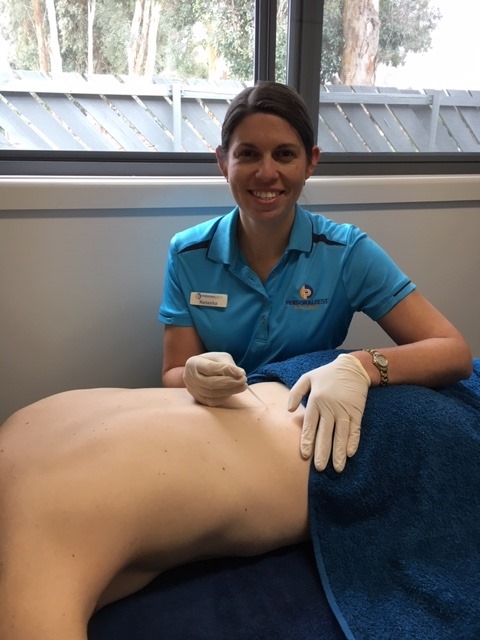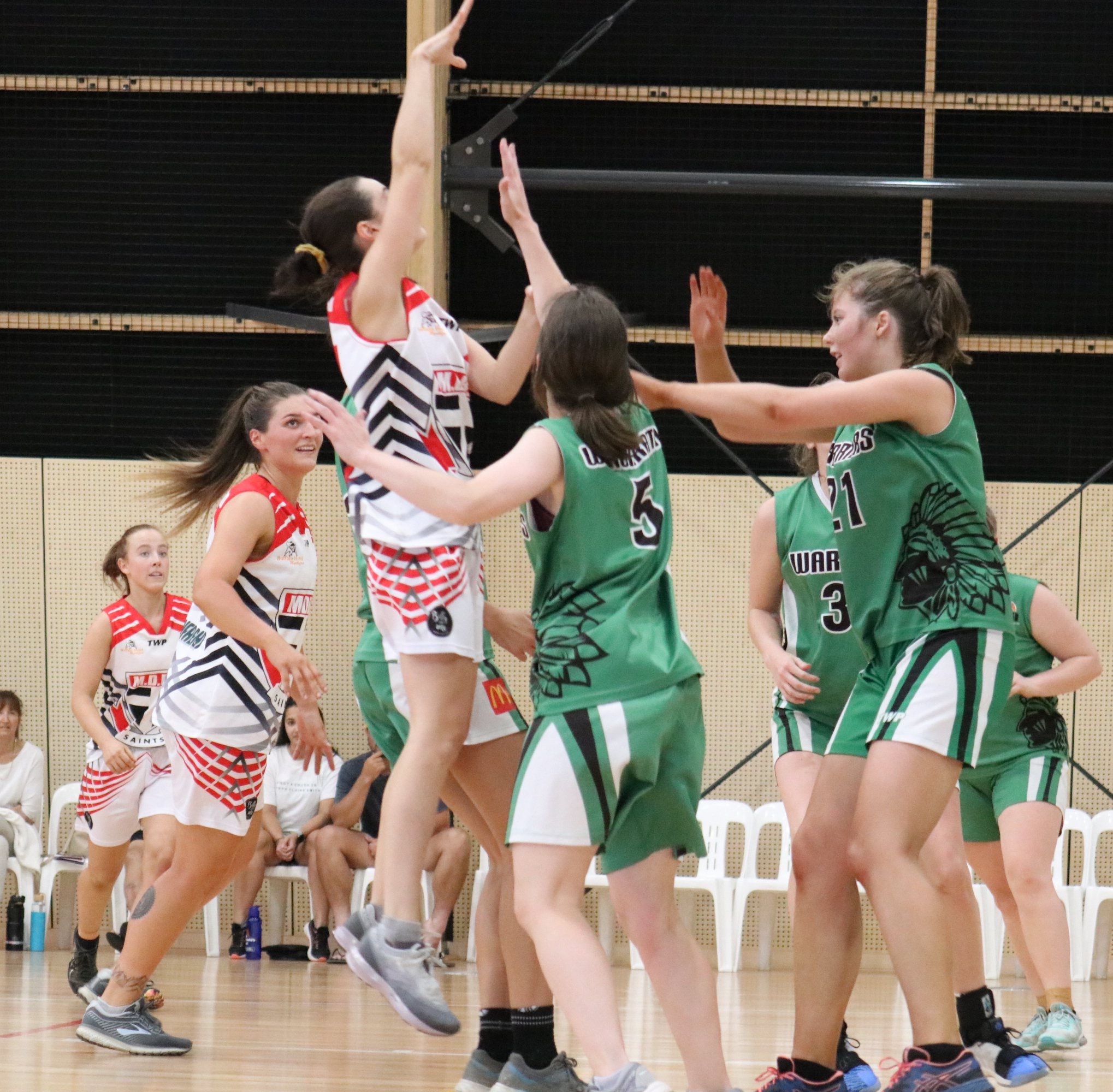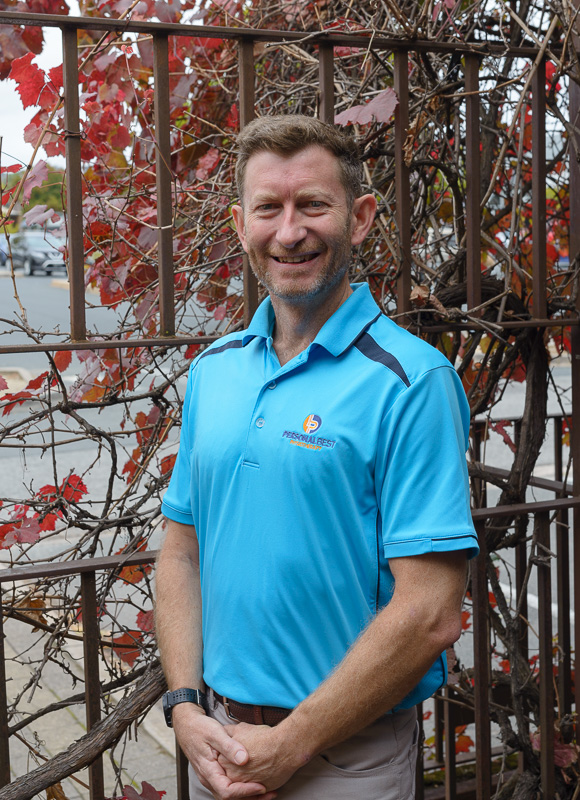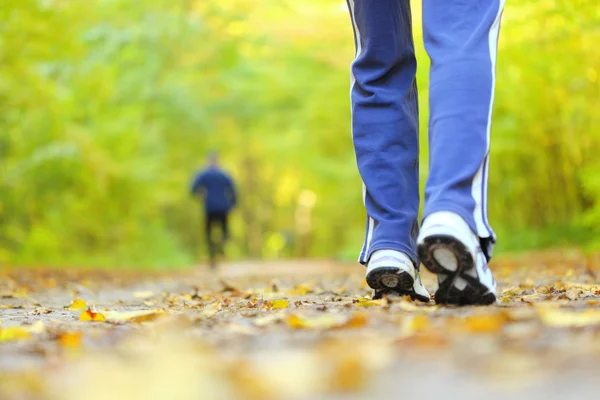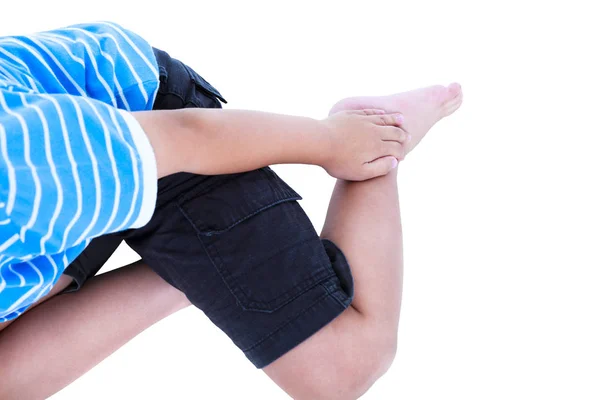During 2019 I completed a lot of training in dry needling. Most recently, I have been learning “Integrated Dry Needling”. This has been fantastic! Quite simply it works a treat to reduce pain or allow better movement. It’s also very quick and usually painless. Here are a few questions I am regularly asked:
What is Dry Needling? Is it like Acupuncture?
Acupuncture is based on Traditional Chinese Medicine and addresses imbalances in energy flows throughout the body. Dry Needling addresses tight bands and tender muscles in the body to allow more flexibility, less pain and better muscle control/function. Both acupuncture and dry needling use single use, sterile, very fine needles inserted into tissues to create some sort of change.
How does Dry Needling work?
We don’t understand exactly how it works, but there are several proposed mechanisms of action. What the evidence does tell us is that tight tender muscles have a particular biochemical makeup that is different to surrounding tissue. By inserting a fine needle into this tissue, the chemicals change to be more similar to the non-tender tissue around it. We also have studies using functional MRI scans of the brain. These show that certain parts of the brain become more or less active, including those involved in pain modulation.
How is Dry Needling different to other hands-on treatment?
In so many ways!
Firstly, I don’t always needle the painful area. I assess the whole body, identify areas of the body that are not doing their job as well as they ought, and needle them to get them going. This takes pressure off the painful segment. For instance, you might have a painful knee because the hip has poor flexibility and strength, so the poor old knee has to work overtime to make up for the hip. In this instance, needling would start at the hip to unload the knee.
In addition, dry needling is only ever one component of a treatment plan. It is incredibly important to start training those hip muscles to pull their weight (if that’s what the problem is!). Needling is highly effective at reducing pain, but the effect will only be temporary if we don’t give the essential medicine, which is movement!

